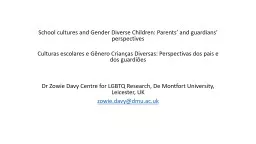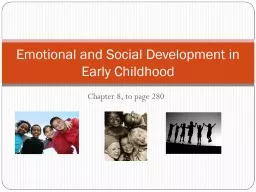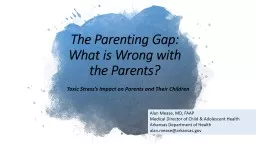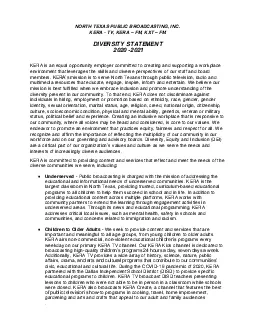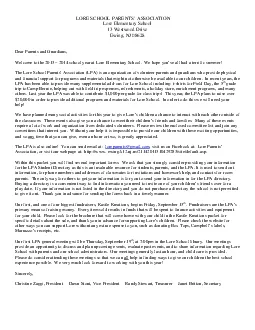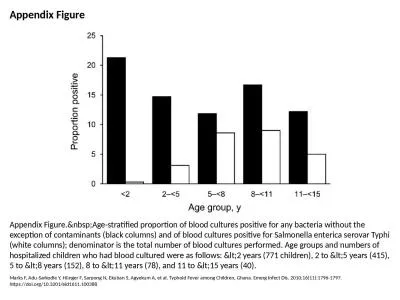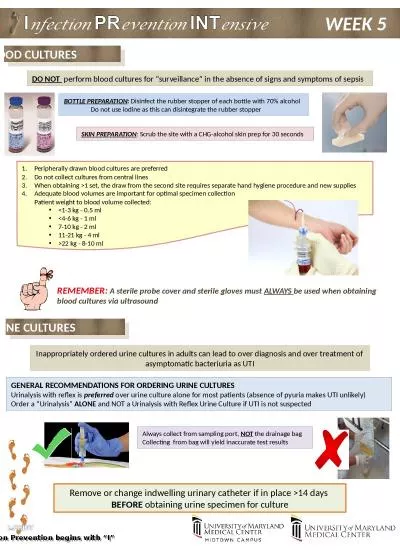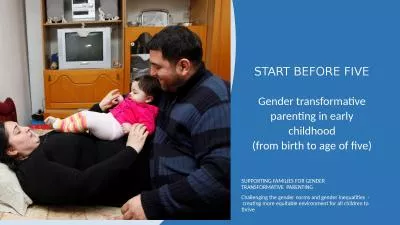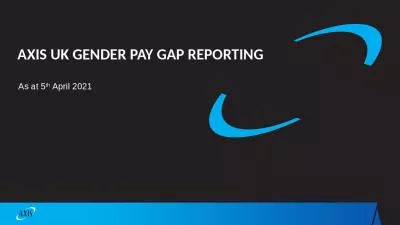PPT-School cultures and Gender Diverse Children: Parents’ and guardians’ perspectives
Author : liane-varnes | Published Date : 2018-11-07
Culturas escolares e Gênero Crianças Diversas Perspectivas dos pais e dos guardiões Dr Zowie Davy Centre for LGBTQ Research De Montfort University Leicester UK
Presentation Embed Code
Download Presentation
Download Presentation The PPT/PDF document "School cultures and Gender Diverse Child..." is the property of its rightful owner. Permission is granted to download and print the materials on this website for personal, non-commercial use only, and to display it on your personal computer provided you do not modify the materials and that you retain all copyright notices contained in the materials. By downloading content from our website, you accept the terms of this agreement.
School cultures and Gender Diverse Children: Parents’ and guardians’ perspectives: Transcript
Download Rules Of Document
"School cultures and Gender Diverse Children: Parents’ and guardians’ perspectives"The content belongs to its owner. You may download and print it for personal use, without modification, and keep all copyright notices. By downloading, you agree to these terms.
Related Documents

